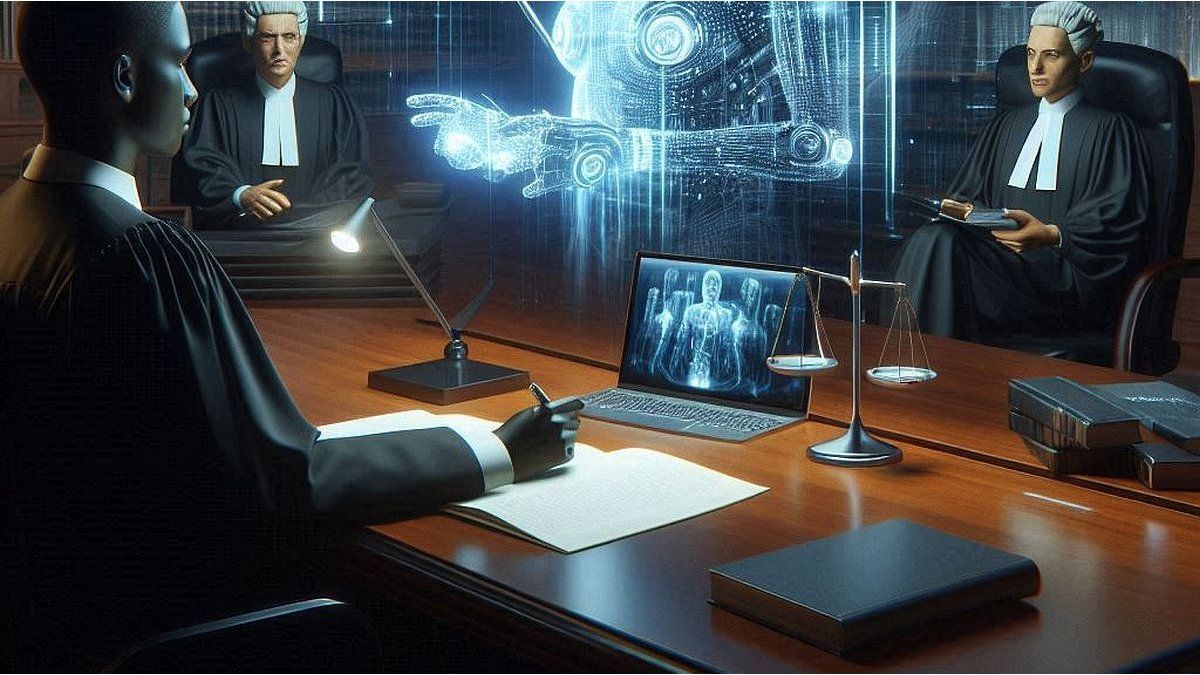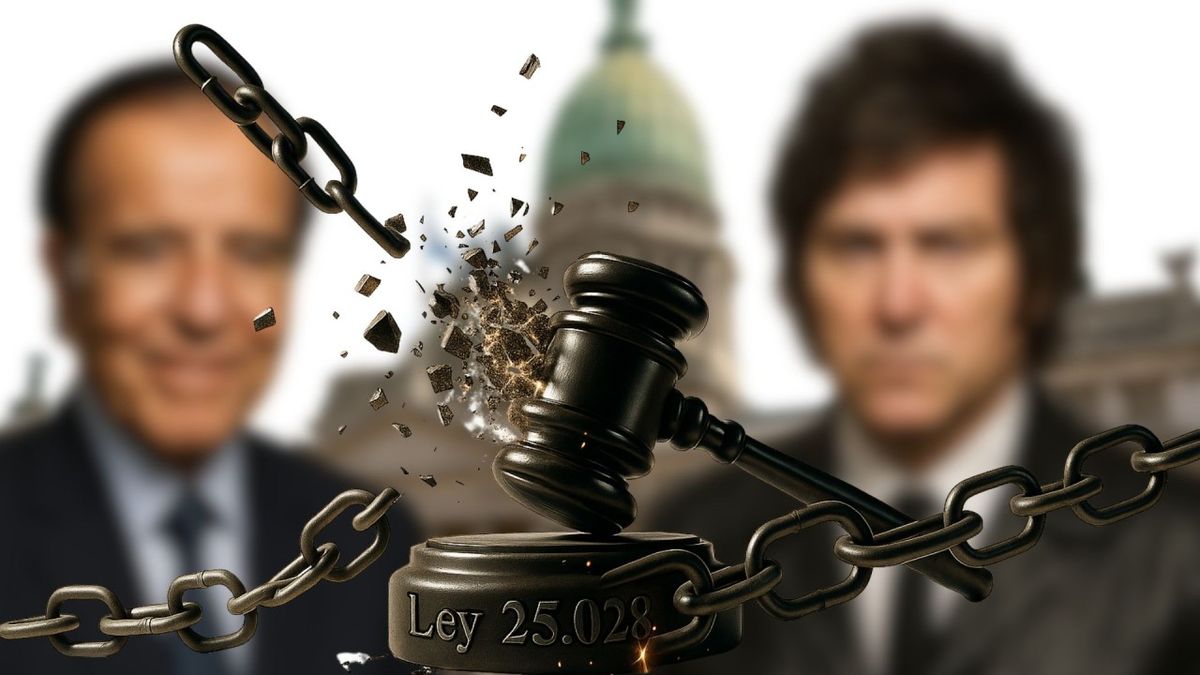In this framework, the Judicial Branch of Río Negro issued more than 8,000 rulings so far this year in tax executions, based on IAG (GPT) that analyzes the Debt Slip presented by the tax administration, converts the title data into plain text and issues the monitoring sentence based on previously established forms.
Added to these developments are the application of Prometea for the Judiciary of Chaco for executive trials, development of intelligent systems by Córdoba for tax executions, among other promising developments.
In the month of November, it was implemented in the justice system of the Province of Tucumán, the monitoring process for coercive trialsaccording to the New Local Civil and Commercial Procedure Code.
Monitoring processes
The monitoring process, according to information from the Judiciary of the Province of Tucumán, is a type of trial that allows you to claim payment of debts of all types with greater speed and procedural economy. Monitoring trials are applied in cases of executive collection or enforcement proceedings in which it is presumed that there will be no opposition on the part of the defendant, while in practice the real rate of absence of defense is greater than 95%.
In this sense: “The creditor presents the claim with the necessary documentation to prove the debt and, if the necessary formal requirements are met, the magistrate issues the sentence and orders payment. The monitoring sentence is a decision that arrives quickly, without having to go through the different procedural stages that common collection trials have; It is a notice that a debt exists and must be paid. The new system, however, does not mean that defendants cannot defend themselves. Once they are notified of the ruling, they have the option to oppose it if they do not agree with the debt and, in this way, exercise their right to defense. To do so, they must present the reasons why they oppose the sentence and present the evidence they consider relevant to question it. If this happens, the monitoring ruling ceases to be valid and a contradictory process begins in which all the stages provided for by the regulations will be followed. If, on the other hand, the defendant does not present any opposition, the monitoring sentence will become final.”
In this regard, we consulted Dr. Adolfo Iriarte Yanicelli, who serves as Judge of the jurisdiction specialized in Fiscal Executions, Collections and Compounds of the aforementioned province, and tells us “that it is a process regulated in the local Civil and Commercial Procedural Code which provides that once the executive lawsuit has been initiated, within a period of 5 business days an executive order for monitoring must be issued. With Dr. María Teresa Torres, colleague and judge of the jurisdiction, we issued the first two monitoring sentences of the Province of Tucumán. But not only that, to date we have issued more than 300 executive monitoring sentences, and without opposition.”
It also highlights that, “in this type of sentences, once the formal and material collections of the debt are reviewed by the Associated Management Office 1, an office located in the City of Concepción, which assists the two enforcement courts with jurisdiction provincial and other controls – ex officio control of the executive title, ex officio prescription of the fine, and in the case of consumers their respective controls according to the Consumer Protection Law – a sentence must be issued without further procedure. The sentences handed down could be achieved in record time thanks to the parameterization of the File Administration System (SAE), technologies available in the Judiciary of Tucumán, plus the human work of a tremendous team.”
“A joint sentencing model was previously agreed upon with Dr. Torres, it was parameterized in the SAE, the variables were manually loaded into each digital file and after questions that the system asks, a semi-automatic sentence is generated. Then it is validated by the official or employee who performs it and finally, before printing the digital signature, by the magistrates”, and adds that “Faced with the number of cases, in the future it will be necessary to design systems that allow automating the process, especially the loading of variables and the use of AI could help the process.”
In his opinion, it is a system that benefits both the defendants and the work of the magistrates and the staff in general because it speeds up the collection of debts, reduces the duration of the processes and frees up judicial resources to deal with other more complex matters. , since in more than 90% of tax executions there are no exceptions. It also points out that in one month more than 300 “monitoring sentences” were issued, and in the event of opposition to exceptions by the executed person, the case is redirected and the exceptions are resolved in a hearing.
It is highlighted that in order to put these monitoring processes into practice, a restructuring of the courts was carried out, in order to share and optimize the computer and human resources of the rapporteurs to achieve greater efficiency in the justice service.
The magistrate also tells us that a system is being developed that will allow the variables to be loaded automatically and in this way the SAE can predict the sentence that could be chosen, and once validated it will be controlled by the magistrates.
Artificial intelligence
Regarding the implementation of Generative AI, he told us that, although it implies a challenge, maximum caution must be taken when it comes to debt of a public nature, beyond the protection of personal data, privacy, non-delegation, transparency, and need to validate the results issued by AI, there is an express legal limitation that is not usually taken into account in existing developments: tax secrecy.
That is why every project must contemplate the protection of fiscal secrecy and not share with proprietary systems the Debt Tickets where the DDJJ of the taxpayers are contemplated.the tax debt, the causes they have, among other protected data. That is why the Province is advancing a system where the DGR systems with the SAE dialogue locally without uploading that information to the cloud or the internet.
The SAE takes all the data from the Debt Slip, and they are printed in variables so they can be used in automatic decrees and of course in sentences. Of course, this is not AI, it is a common system, but with high efficiency for our purposes.
Likewise, the Tucuman magistrate adds that any public law project relevant to tax matters, in addition to the ethical and conscious application of AI, must provide safeguards against tax secrecy. One of them is encryption.
For example, that the AI System performs the monitoring sentence based on a previously developed template, with a low temperature (so that the system does not hallucinate), and the model is generated and validated humanly, the SAE is the one that completes the sensitive information of the sentence. In this way, the company that owns the system could not have access to the tax data and the standards of tax secrecy would be met.
And he concludes by pointing out that Tucumán with its “monitoring sentences” joins the jurisdictions that apply ICT and intelligent systems in the justice service, providing, without a doubt, an efficient and effective solution for the Judiciary itself, and for the tax administration in its function of collecting public income and protecting the tax credit, without neglecting the rights of taxpayers who are served when there is opposition to the executive judgment for payment.
Our opinion
In short, we agree on the effectiveness and efficiency that monitoring processes provide to the administration of justice and collection and in our opinion, when this type of process is applied, as a counterpart, the applicable exceptions should be expanded, including partial payments, compensations, title disqualifications due to intrinsic issues and unconstitutionality claims, as well as admitting the production of evidence; and ultimately, guarantee the constitutional rights of defense and due process and effective judicial protection of executed taxpayers, as well as respect for the principle of equality of the parties to the legal tax relationship.
Lawyer (UBA). Specialist in Tax Law (UBA). Doctor in Tax Law (UBA). Coronello & Associates Studio. Undergraduate and postgraduate teacher at different universities in the country and abroad.
Source: Ambito




